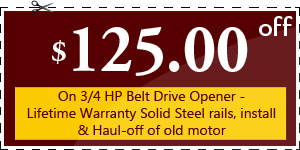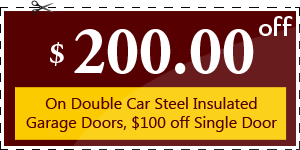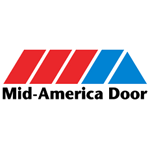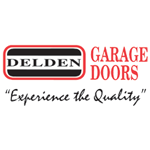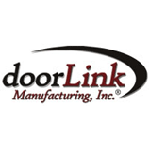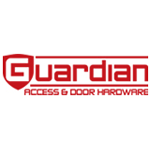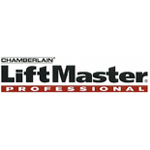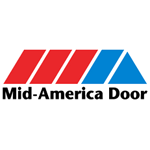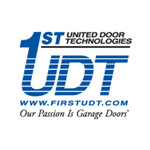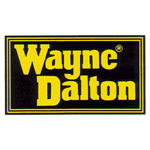New Jersey Garage Door Opener – Repair/Service/Install
Is your new jersey garage door opener on the blink? If yes, do you know that it invites flocks of dangers when your garage door opener nj is malfunctioning? As a result, it leads your garage door to failure. In such a scenario, it is always recommended to have the complete opener replaced. While being a new garage door homeowner, you may not have a fair idea about this type of project. If your door requires garage door opener repair, kindly do not postpone as it can invite other major problems meanwhile. It is an inevitable issue of modern garage door home ownership. By considering these two tips, you can always diminish the power usage of your garage door opener in new jersey. Also, you can make sure that you are miles away from fatal accidents or damages that can take place during the repair. So contacts us today and keep your garage door opener problems at bay.
However, if your garage door opener refuses to function, after all, the troubleshooting process, it is always better to hire the services of professionals. If you are in New Jersey, you can easily come in contact with the professionals of the company Garage Door Repair NJ. We are a team of professionals who are well-versed in garage door opener installation and garage door opener repair. Our in-house team of experts have the technical expertise to handle all garage door issues. If you have been looking for garage door repair in New Jersey or the best garage door opener installation, you can always contact our experts. Plus, we are also sought after for offering services at the most affordable garage door opener installation cost.
At Garage Door Opener New Jersey, our services are not limited to garage door opener repair and installation. Rather, we cover all the garage door services including garage door installation, inspection and maintenance. We identify all the flaws easily and provide the best solution that caters to your specific requirements.
Some Of Our New Jersey Garage Door Opener Services:
- Garage door opener
- Garage door opener repair
- Garage door opener installation
- install new garage door opener
- Replace garage door opener
- Garage door opener replacement
- Fix broken garage door opener
- Fix garage door sensors
- Garage door remote repair in new jersey
- Garage door keypad repair
- Full stock of garage door opener brands







